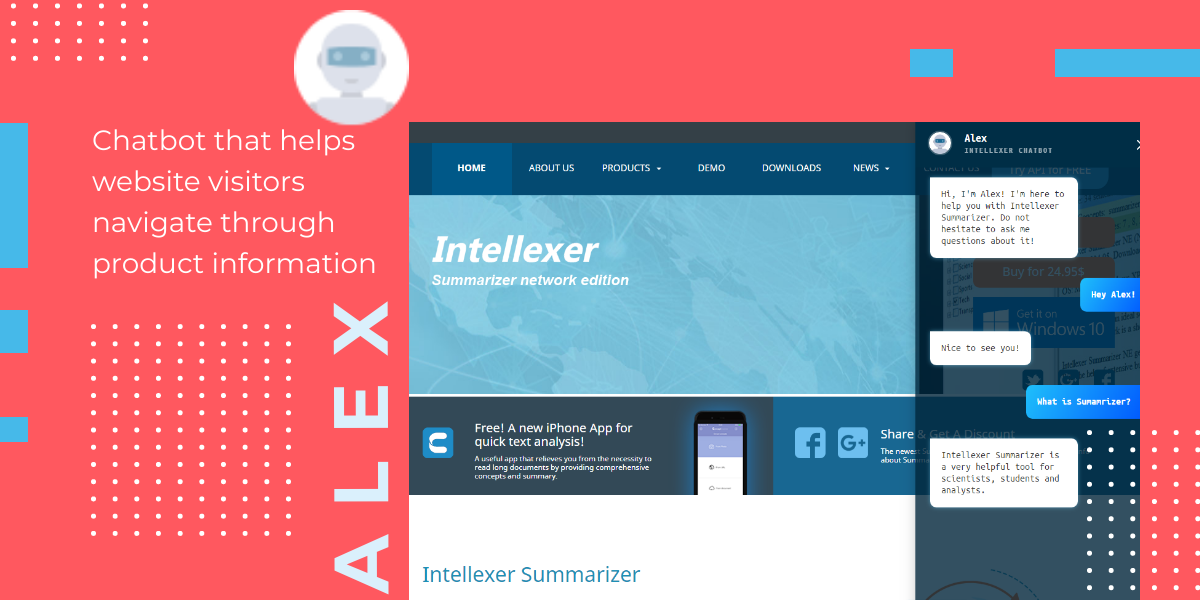
As the product is released and available for download, all attention becomes focused on customer support, their satisfaction and rapid reaction to their feedback. The importance of this stage, however, can often be underrated or even ignored by many as it is believed that product development is the hardest part of the product lifecycle and as long as it is overcome, everyone can breathe out.
The experience often illustrates that the most interesting part is yet to come together with bug fixing, update releases, customization, etc. It is thanks to the customers most of the issues related to the product or service reach the attention of the developers after release. Understanding this leads to the conclusion that communication with a customer has to be properly organized and it has to be continuous.
24/7 customer support costs a pretty penny, especially if support specialists work night shifts and require extensive training. For this reason, many businesses seek to defer at least some part of their duties to a machine in a form of helpdesks, FAQs, and chatbots.
When everything is clear with the first two solutions, chatbots are still something that is used merely as a way to receive contact information from a user and a brief description of an issue they are having so that customer support specialists or sales representatives could contact them and handle their issues directly. On the one hand, such chatbots are widely used, on the other hand, they quite often fail to provide users with meaningful information they need. The most standard scenario is asking a question and being redirected by the chatbot to the sales team, which can hardly be called an innovative and rapid-response solution.
The necessity to provide timely support to our own customers and the absence of truly effective and reasonably-priced solutions on the market encouraged our team to initiate the work on a chatbot that can navigate website visitors through the information on our product.
We started with a chatbot that can help users with information about one of our products - Intellexer Summarizer. The product has its own website. Intuitively it's not always clear what this or that function may perform, what complicated terms mean, what the difference between similar products is, or how to get a discount, etc. Chatbot whom we named Alex perfectly handles such queries, providing users with concise answers or redirecting them to the pages they are looking for.
In fact, all the information we needed while developing Alex was website content which was extracted, processed by our internal tools and presented in a suitable form in a database. The information in the database is divided into information relating to the website content and information serving for logical conversation flow. The latter makes up a universal chatbot database.
Alex can also continuously learn from the questions asked. So to say the more it is used, the more questions are asked, the better accuracy of the answers Alex provides.
As experience shows, given a website URL and some time to make sure things work properly, we can develop such an assistant that can serve as the first-level customer support representative.
December 12, 2018
Back to Blog Main PageGet Started
API Usage Examples
- Sentiment Analyzer
- Named Entity Recognizer
- Summarizer
- Multi-Document Summarizer
- Comparator
- Clusterizer
- Natural Language Interface
- Preformator
- Language Recognizer
- SpellChecker
Intellexer Summarizer
Application based on Intellexer API that performs:
- Document summarization
- Concept mining
- Entity extraction
- Summary rearrangement according to the selected items